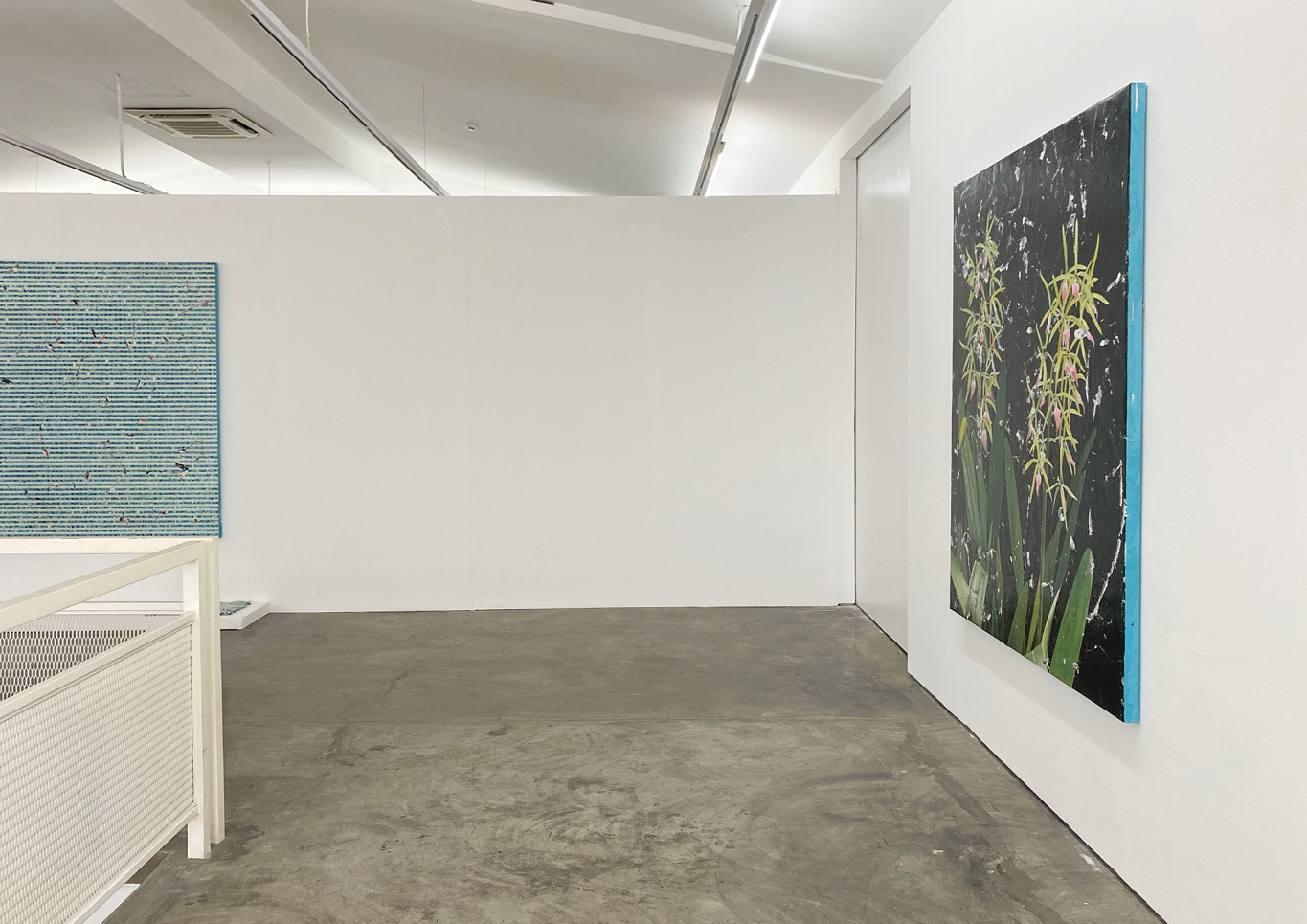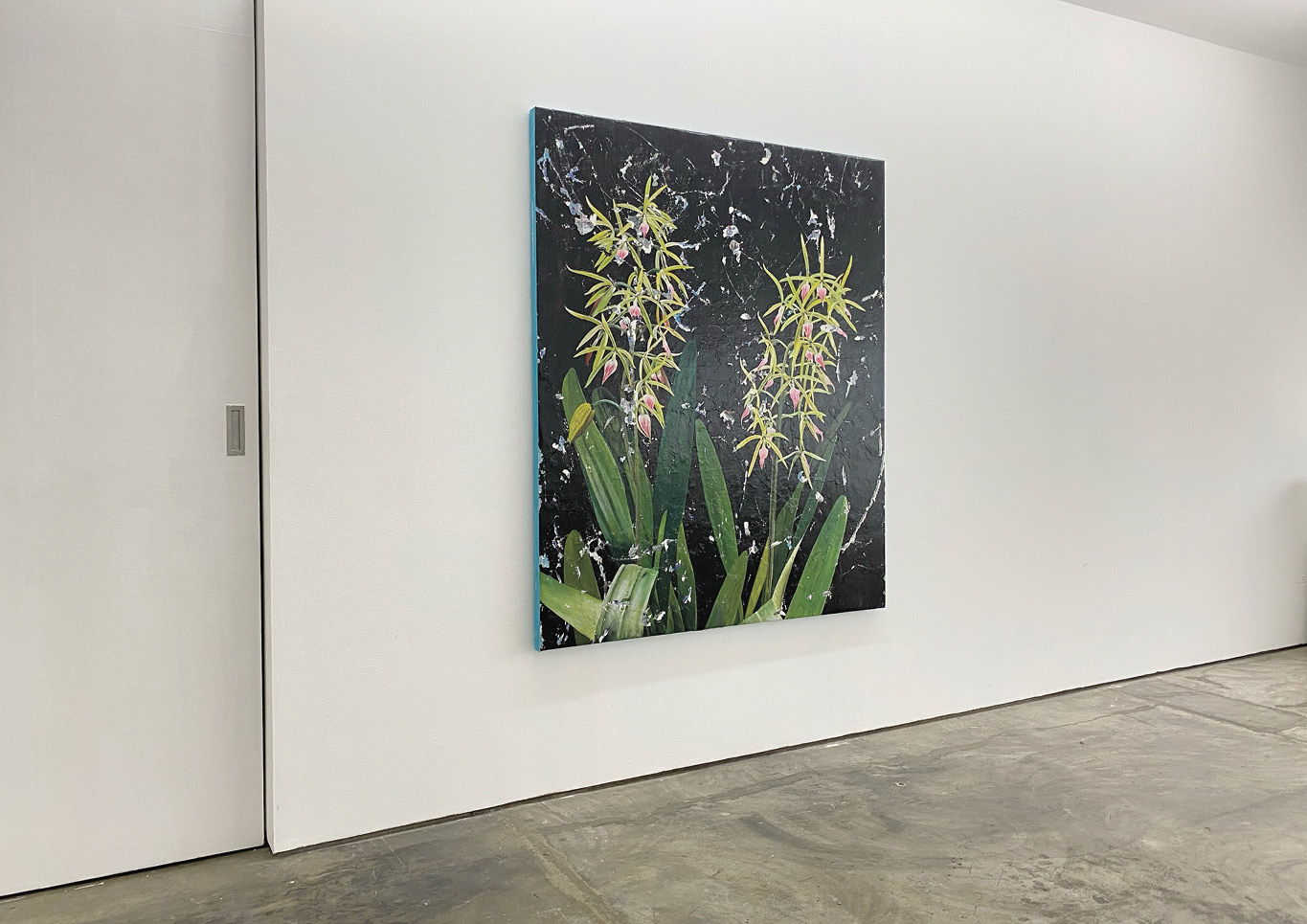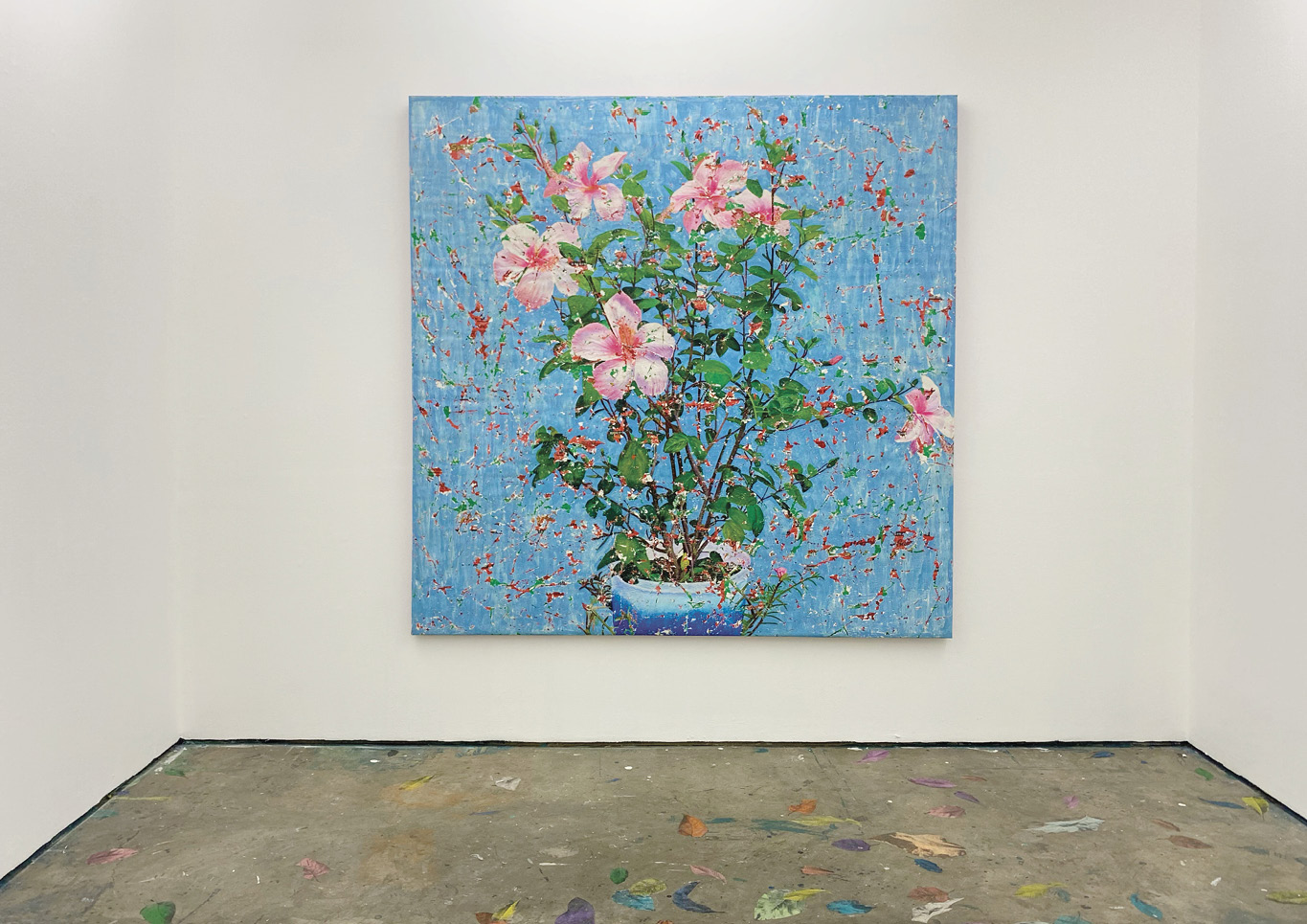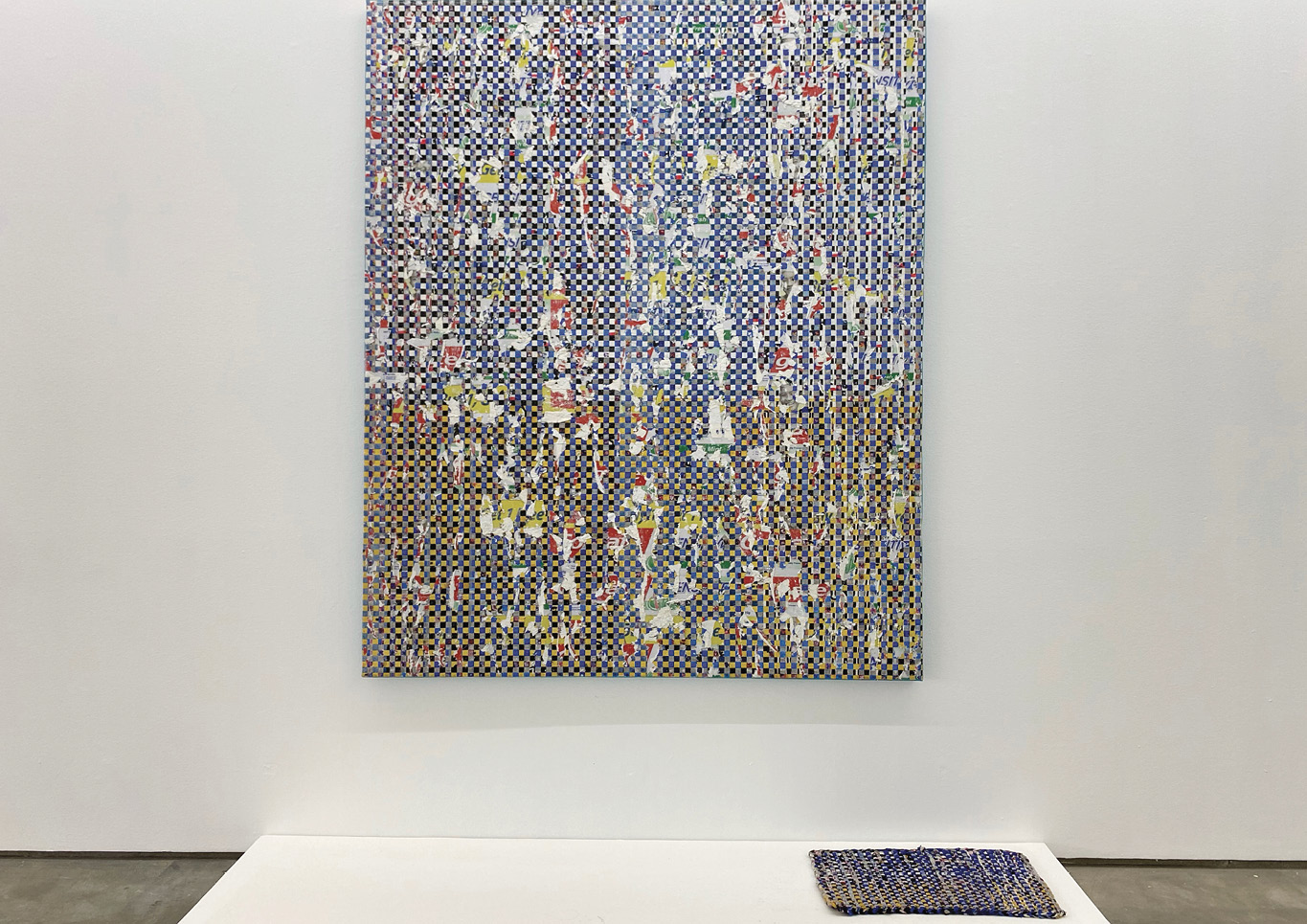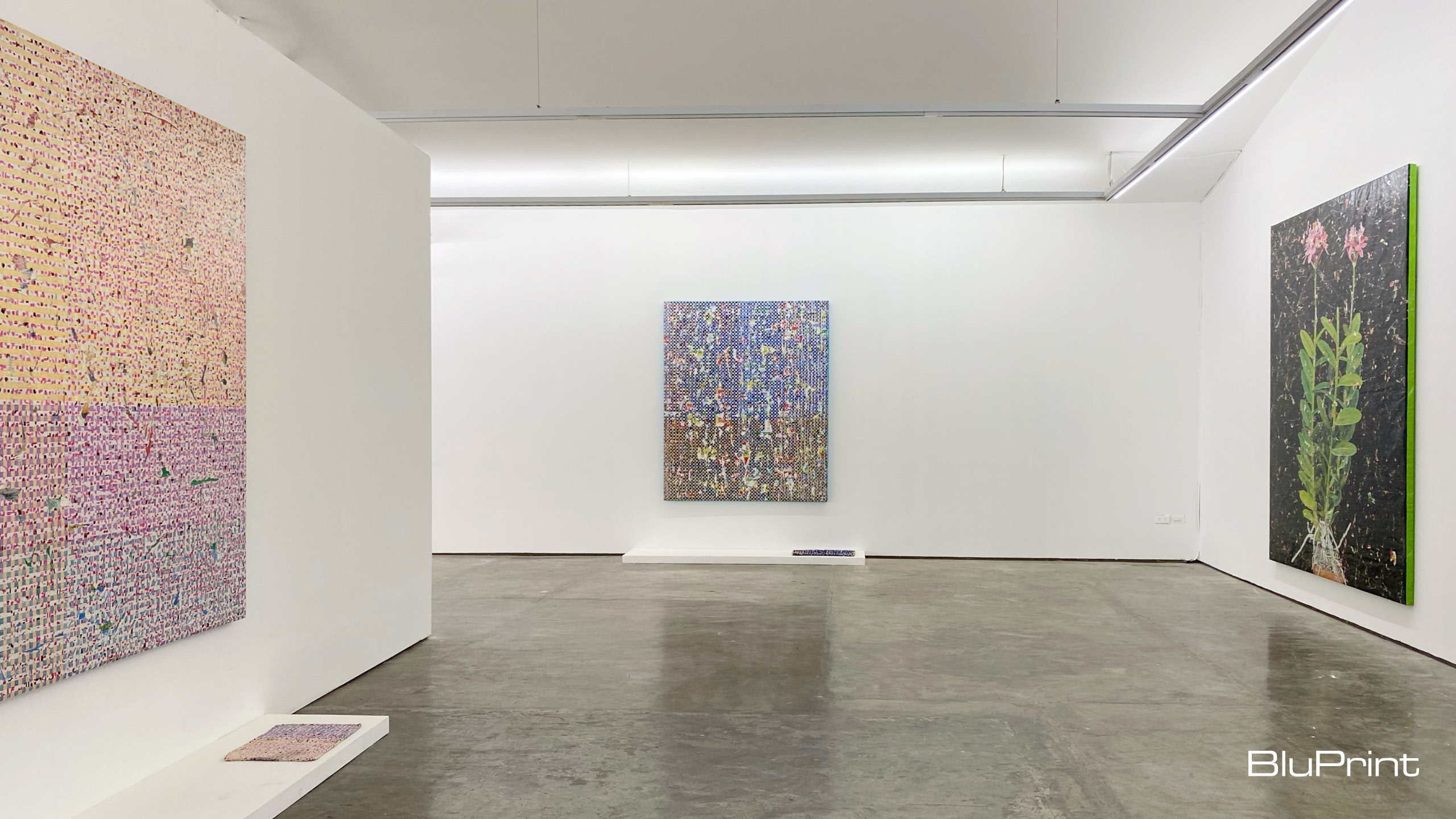
Kristoffer Ardeña was born and raised in Dumaguete. The artist works in several formats, including photography, installation, sculpture, video performance, and paintings. Art enthusiasts and collectors know him for his larger-than-life, beat-up but beautiful paintings of the omnipresent Filipino household item, a floor rag woven out of scrap fabric, also called basahan. Kristoffer spent his teen years in Germany and Luxembourg. He received his BFA in Painting and Drawing from the Academy of Art College in San Francisco, USA as a full tuition scholar. He has participated in collective projects, exhibitions, and presentations in The Philippines, Mexico, Indonesia, Spain, Romania, China, Sweden, Colombia, Dubai, and the United States. He is also the founder of Moving Image Lab Filipinas, a curatorial platform, and the co-founder of Photoma, an initiative on Philippine contemporary photography. Currently, He closely works with Tropical Futures Institute on projects. The brainchild of Cebuano-American Chris Fussner, It is a platform that deals not only with visual arts but with a broader range of creative ventures with the notion of tropicality within its core practice.
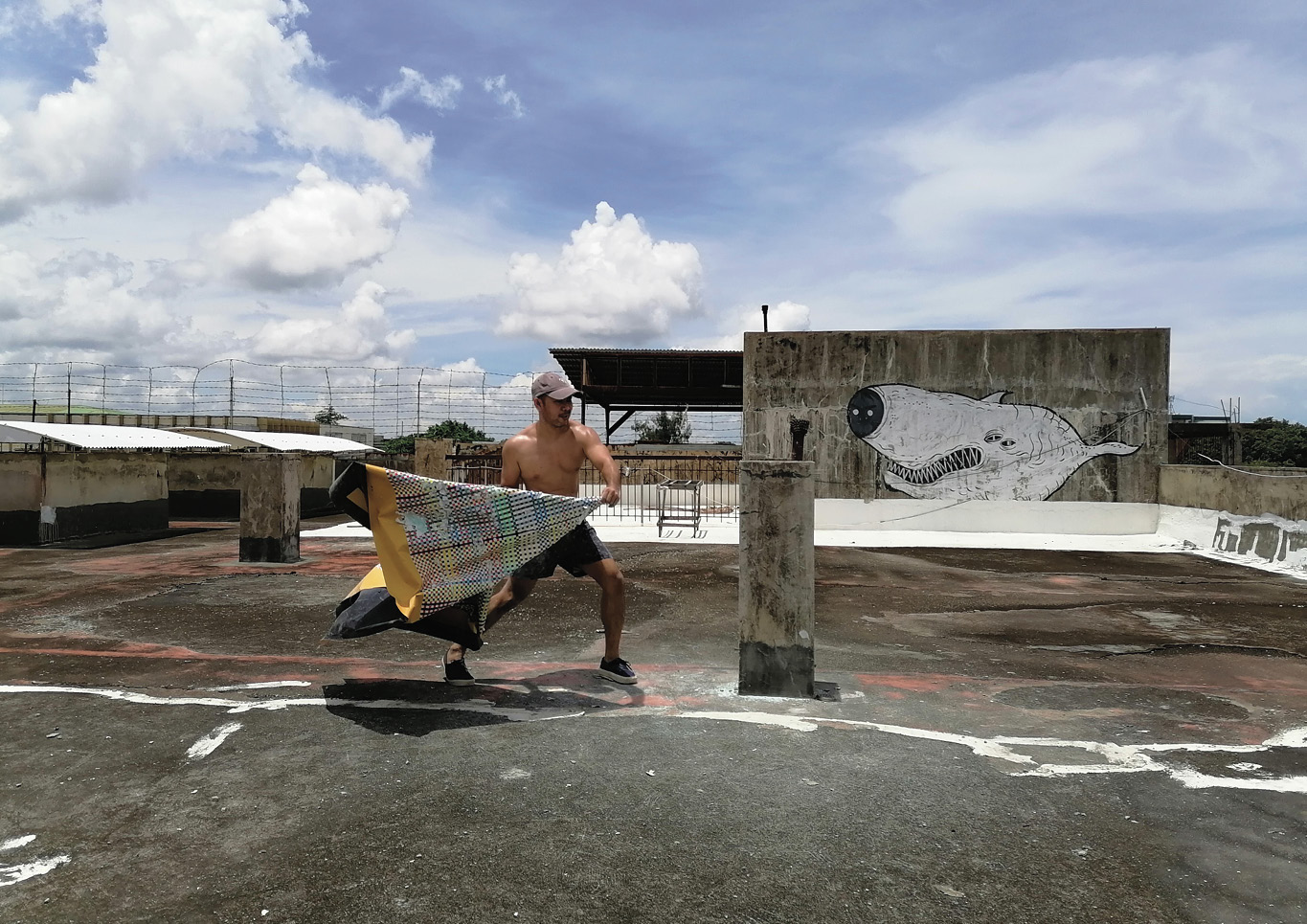
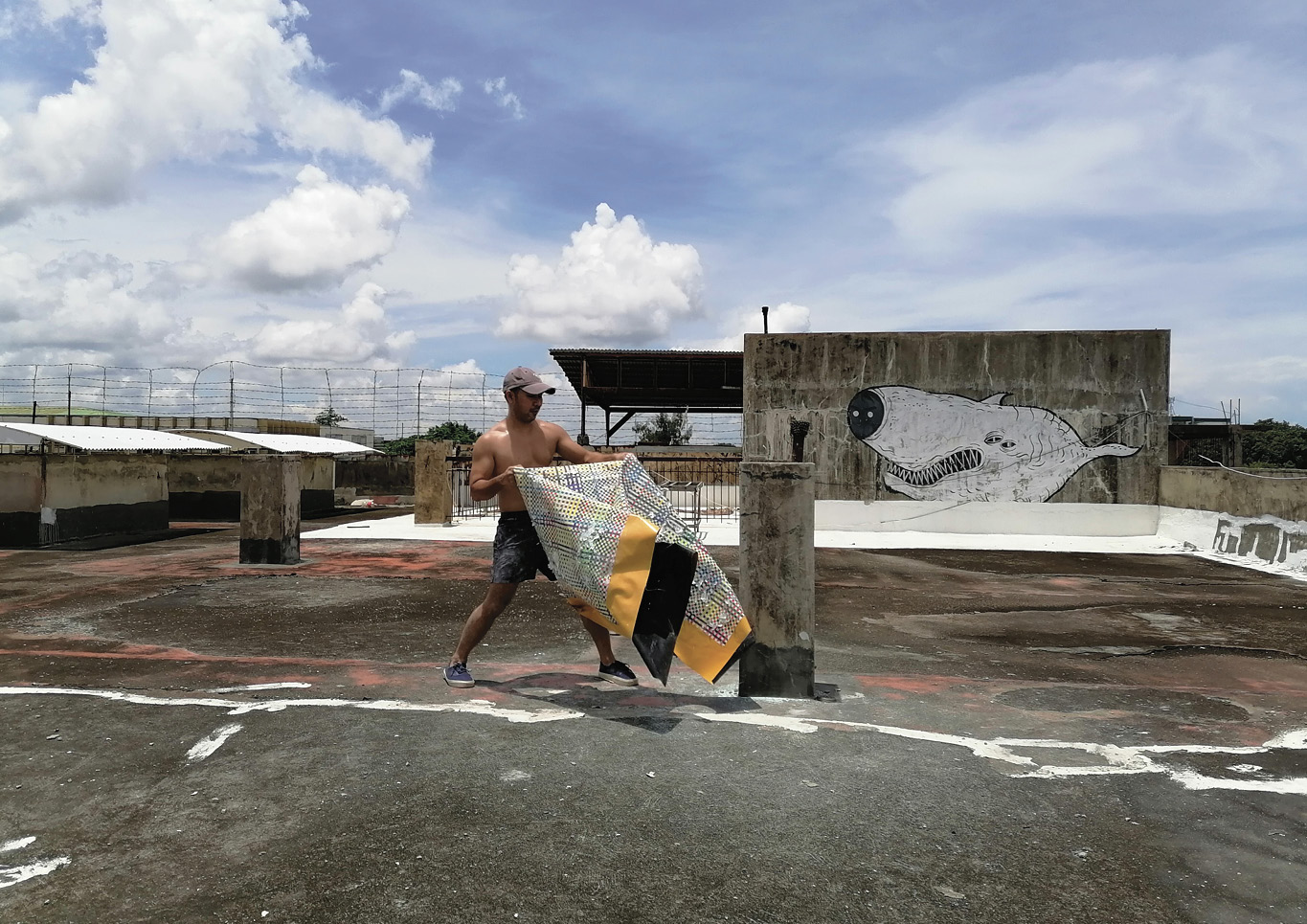
For his solo show titled February 23, 1949, which the title alludes to Kristoffers’ mother’s birthdate, he unveils his famous “Ghost Paintings.” These gorgeously massive lyrical masterpieces bear the images of certain household items printed on tarpaulin streamers. He then uses elastomeric paint to paint a pattern similar to retaso rugs and then intentionally cracks parts of the painting to reveal fragments of the images printed underneath. The artist likens these cracks to the ones on the walls of tropical houses that humidity transforms from a once smooth surface to a textured one.
His audience will agree that the exhibited works are obsessive and intricate. Upon closer inspection, these qualities are evident, almost making his viewers hypnotized by the intricacy of how each piece was made. He says, “This show at Art Informal took a few years to make because, even though there are only a few paintings, the process of making them is labor-intensive and time-consuming. The big paintings that measure approximately 7×10 feet may take around six months to paint, and the 6×5 feet sometimes two months”.
After reading the titles of some of the eleven paintings made in his 200 sqm home studio in Bacolod, his audience will realize that some of them have specific dates as titles. The two most significant pieces are titled June 12, 1993, and September 23 – 30, 2009. Kristoffer notes, “Some dates deal with very heavy politicized and historical events in the Philippines, yet, if you look at the paintings, you see fragments hidden behind the overlaying painted pattern or image, much like memory, in dealing with the past, only allowing us to access it through our perception in the present time. At the same time, although the specificity of the event exposed in the painting allows us to associate certain personal affinities linked to them, perhaps our parent’s birthdates (?) making it both timely and timeless.”
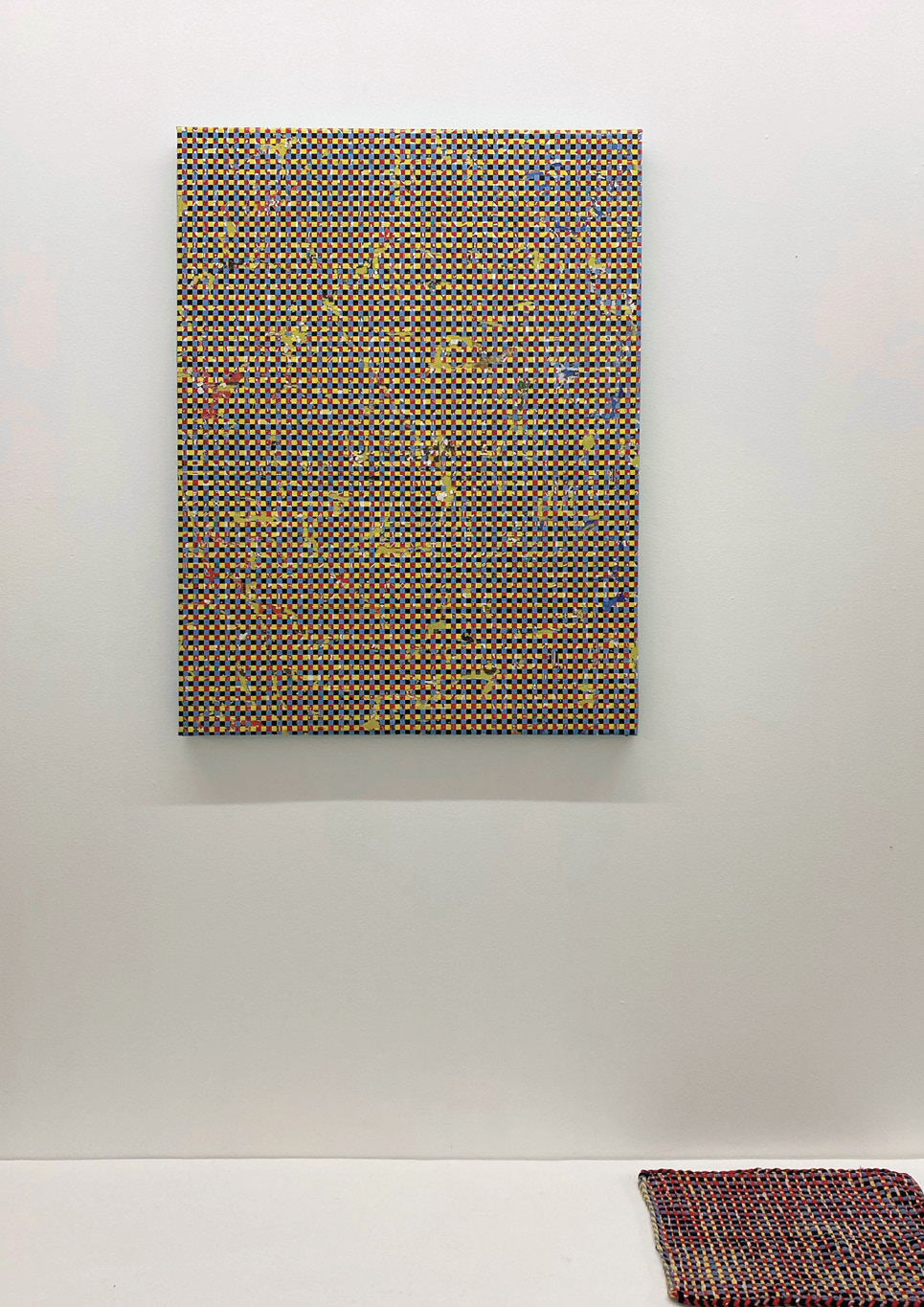
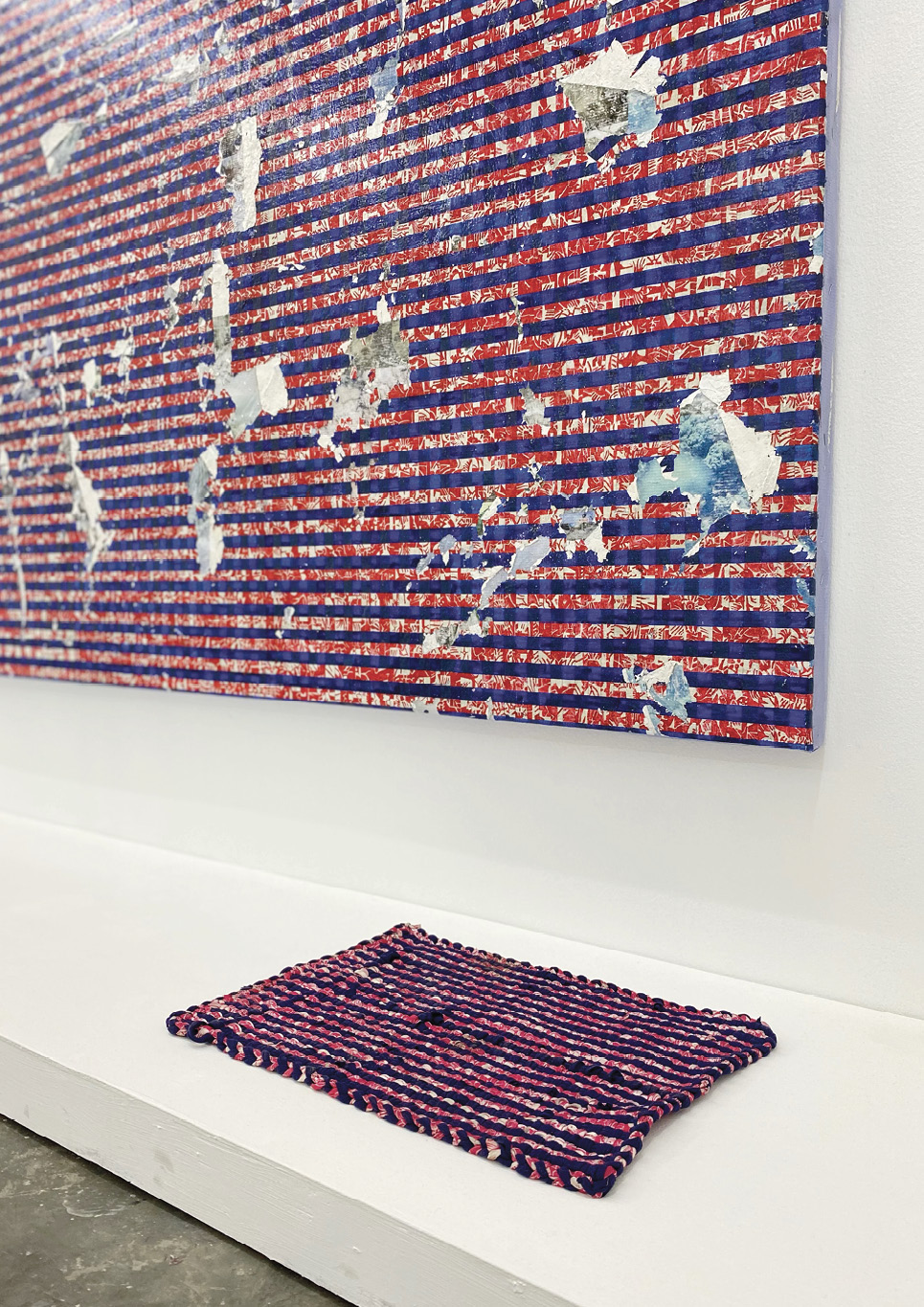
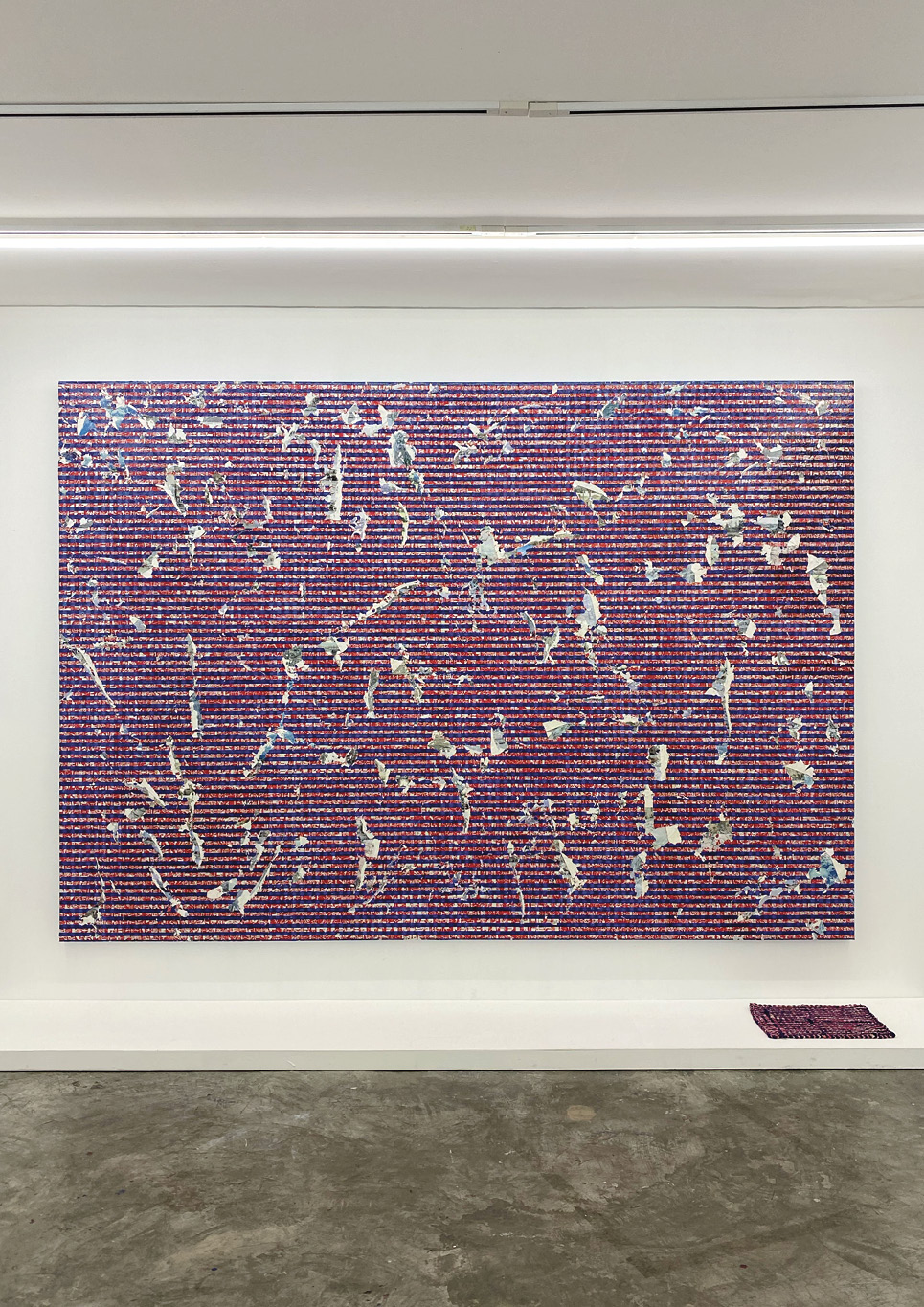



This exhibit is essentially a painting show. Aside from the usual narrative-thematic approach underlying the artworks, this show asks— How is this a painting? Why is this a painting? By doing so, Kris allows his viewers to enter into a global discussion as to What is a painting? It is a conscious effort to investigate the medium, essentially a Western-centric tradition of art-making structured around core principles that define its practice. The artist says, “As an art practitioner like me who is rooted where I am, on the island of Negros, in the Philippines, I wanted to contribute to the language of painting by questioning the “semantics” of what it is based on the geo poetic/political nature of where I am — Philippines, and the cultural/historical of who I am —Filipino-ness. Using elastomeric paint instead of acrylic or oils, tarpaulin instead of canvas, etc.”

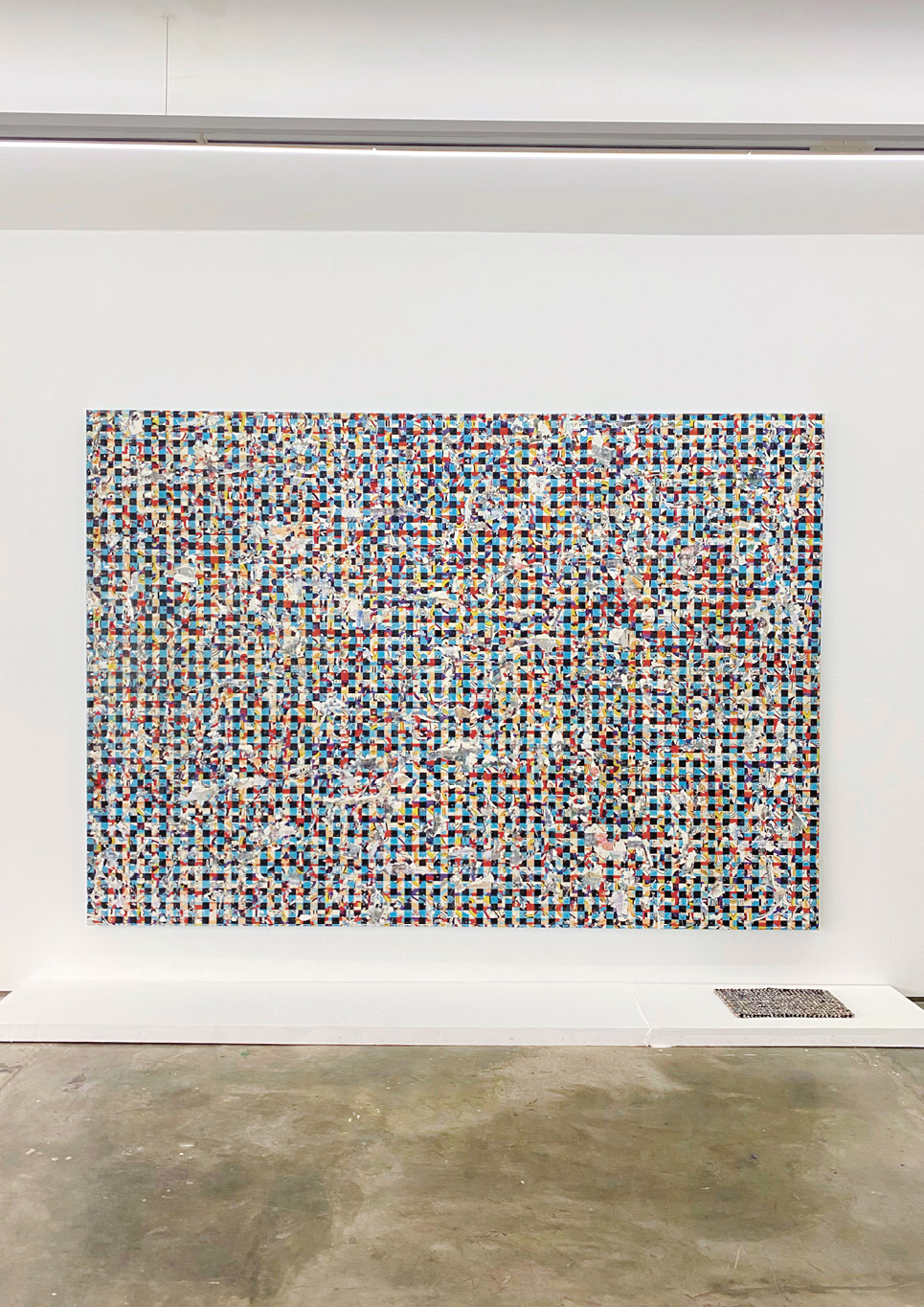
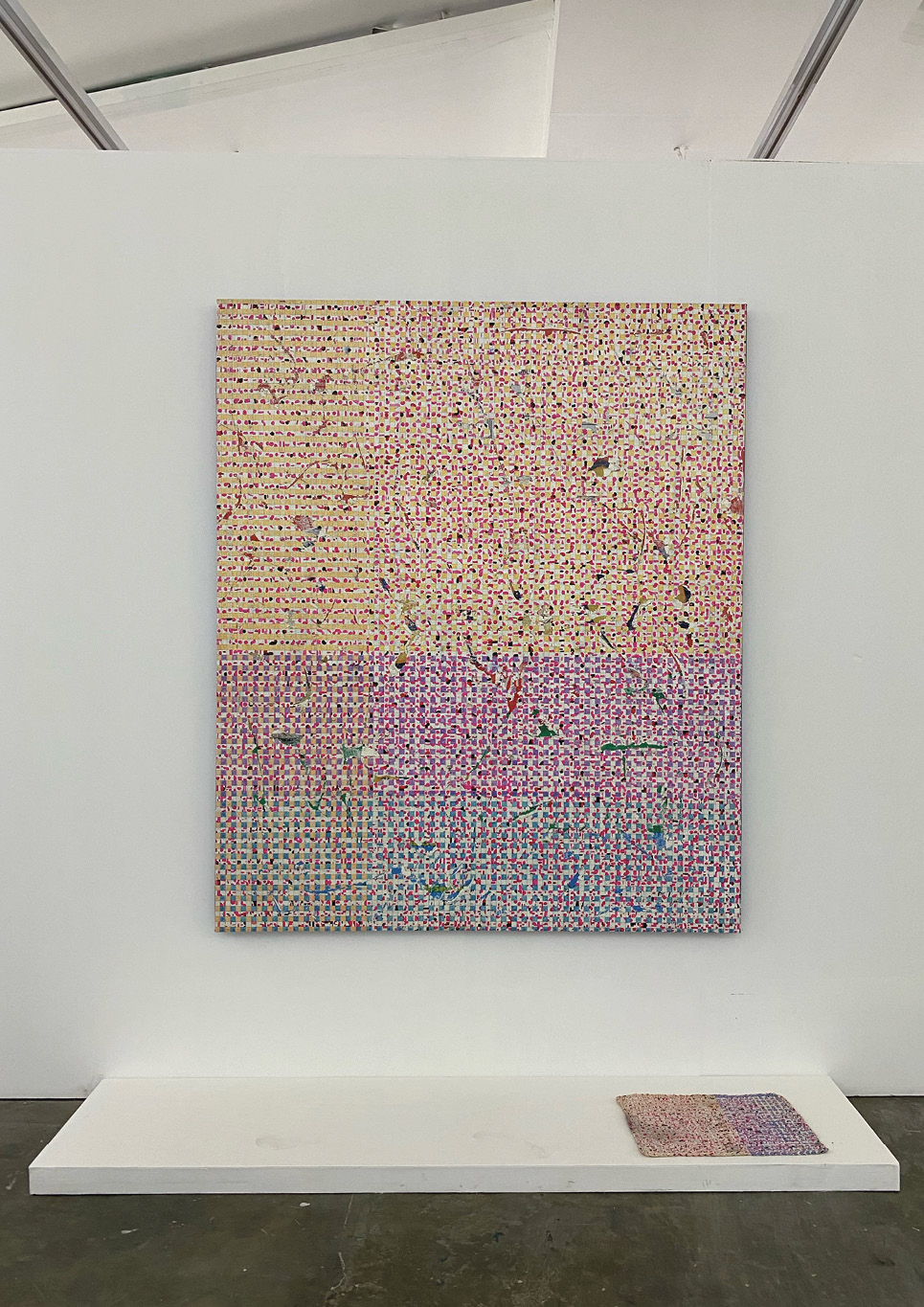
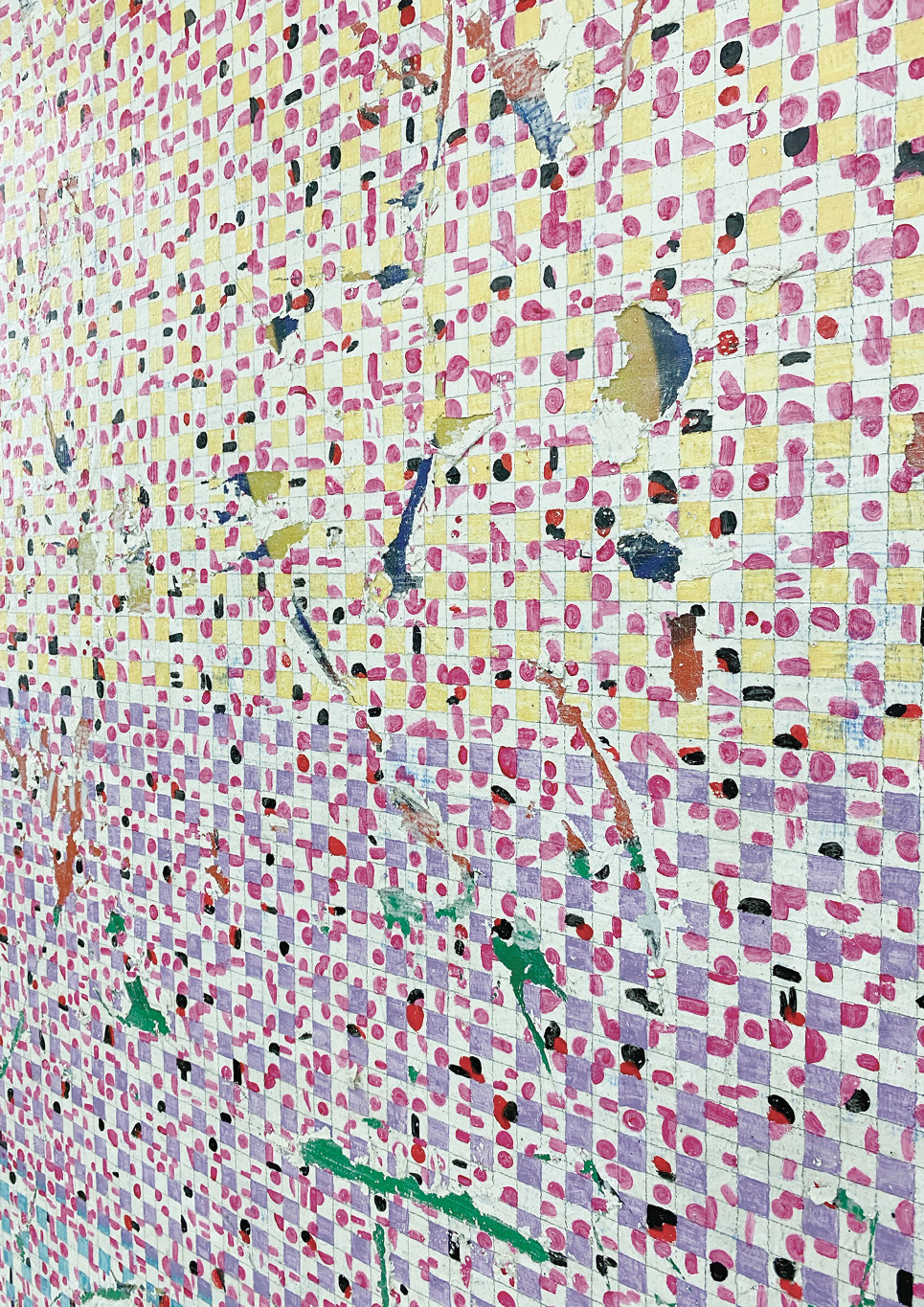
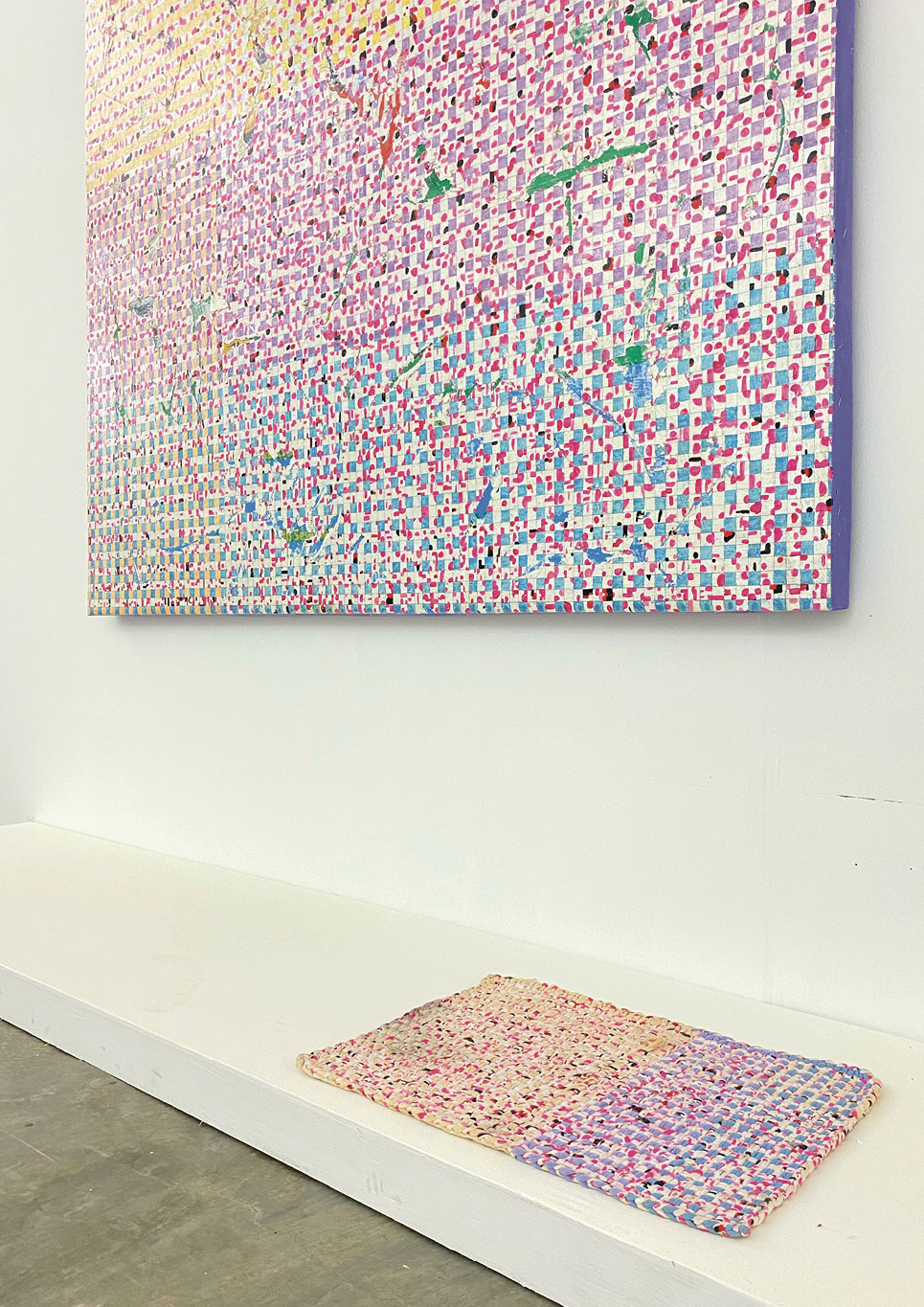
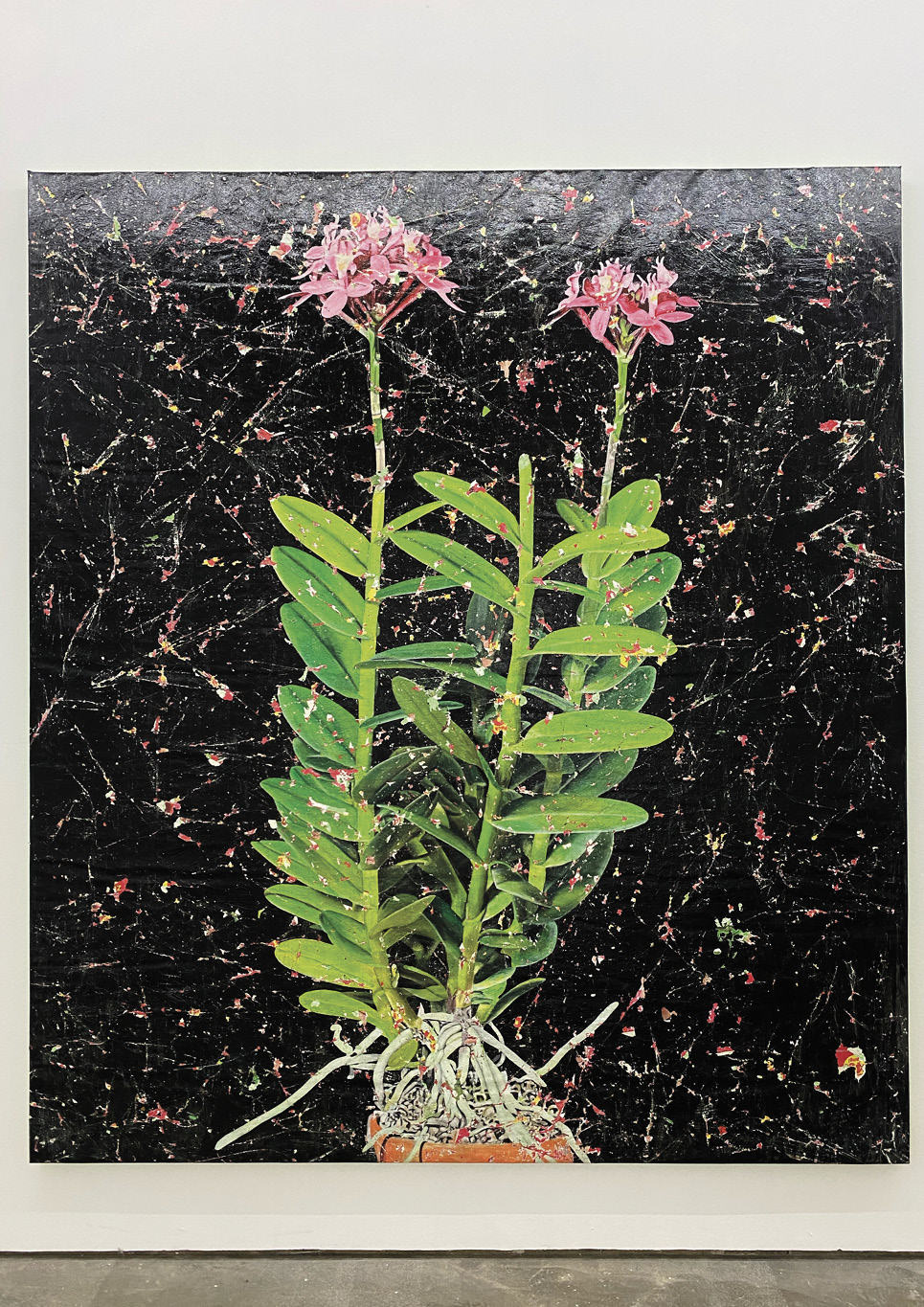

Ultimately, Kristoffer wants his audience to enjoy the show. He notes, “I don’t require the public to understand what the paintings in the show are about. Every viewer’s engagement and perception is a welcomed effort.”
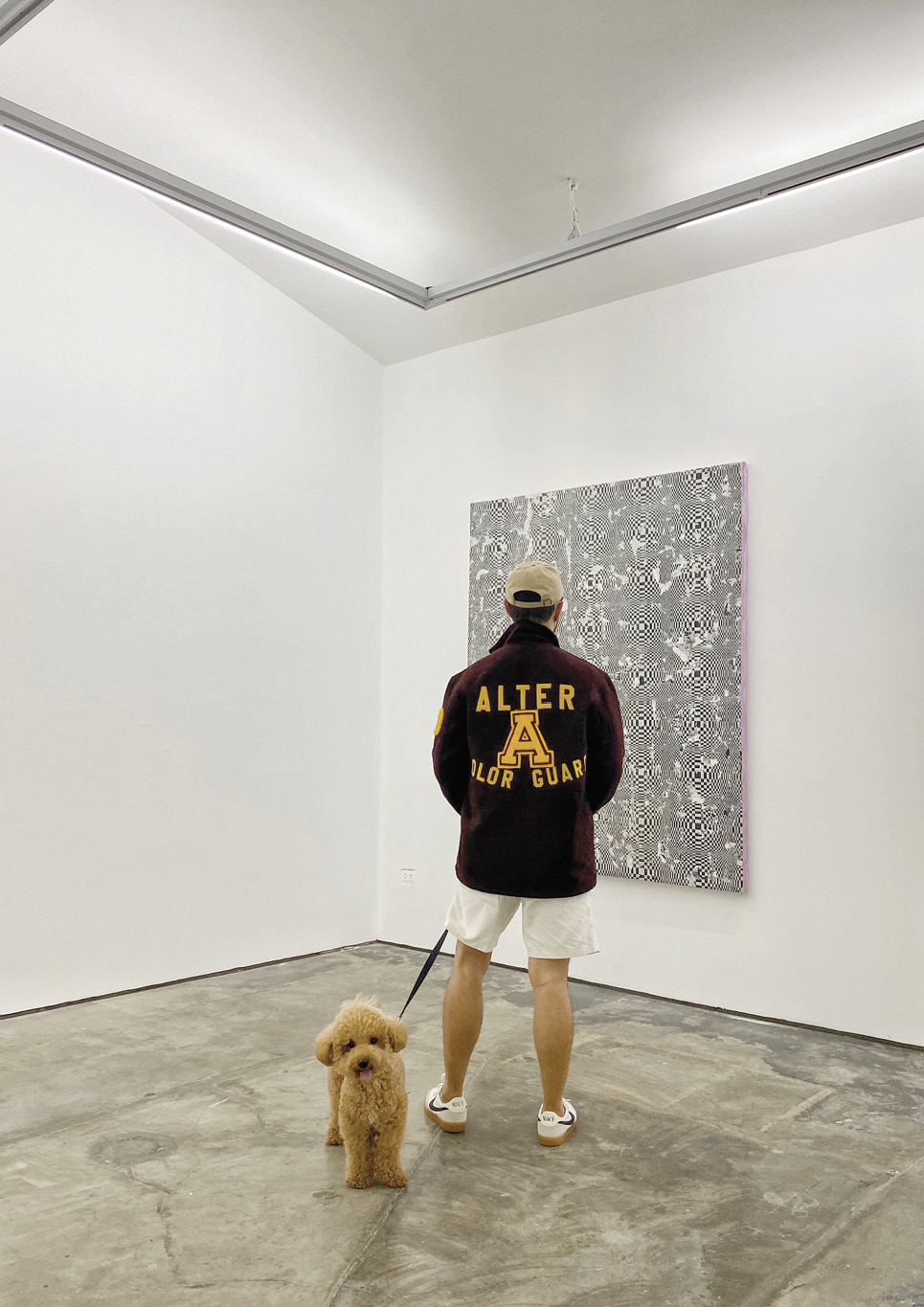
Notes about the contributor
Daniel Lampa
Art enthusiast and into Fashion, French Culture, Mid-century modern design and spends a lot of his time curating his home in Manila and LA. He lives with his 3 dogs, Coco, Yohji and Junya.
Photos by the Author

